A football field is where football matches are held, so its design needs to conform to certain standards. Generally, the playing field for football must be rectangular, with a length of 90-120 meters, a width of 45-90 meters, a goal height of 2.44 meters, a width of 7.32 meters, and the football must be made of leather or other suitable materials, with a circumference not exceeding 70 centimeters and not less than 60 centimeters.
In addition, the design of the goal area, penalty area, flagpole, and corner arc must also strictly abide by relevant regulations.
Let’s take a look at the relevant knowledge below;

Standard Football Field Size
The soccer field must be rectangular, and the sidelines must be longer than the goal lines.
Length: minimum 90 meters (100 yards), maximum 120 meters (130 yards)
Width: minimum 45 meters (50 yards), maximum 90 meters (100 yards)
International match standards
Length: minimum 100 meters (110 yards), maximum 110 meters (120 yards)
Width: minimum 64 meters (70 yards), maximum 75 meters (80 yards)
Field size: The field of play should be rectangular, with a sideline longer than the goal line. The length is 90-120 meters (100-130 yards), and the width is 45-90 meters (50–60 yards).
International matches: Length 100-110 meters (110-120 yards), width 64-75 meters (70-80 yards)
World Cup final stage: Length 105 meters (about 115 yards), width 68 meters (about 74 yards).
Football Field Markings
The playing field is marked with lines, which serve as the boundaries of the various areas on the field and must be included within these areas.
The two longer boundary lines are called touchlines, while the two shorter lines are called goal lines.
The width of all lines should not exceed 12 centimeters (5 inches).
The playing field is divided into two halves by a halfway line.
A center mark is made at the midpoint of the halfway line, with a circle drawn with a radius of 9.15 meters (10 yards) around it.
Goal Area
The goal area is located at both ends of the field and is specified as follows:
The goal must be placed in the center of each goal line. They consist of two vertical posts that are equidistant from the corner flagpoles and a horizontal crossbar connecting the top of them. The distance between the two posts is 7.32 meters (8 yards) and the distance from the bottom edge of the crossbar to the ground is 2.44 meters (8 feet). Both goal posts and crossbar have the same width and thickness not exceeding 12 centimeters (5 inches). The width of the goal line is the same as the width of the goal posts and crossbar. The goal net can be tied to the goal and the ground behind the goal and should be properly supported so as not to interfere with the goalkeeper. The goalposts and crossbar must be white.
From a distance of 5.5 meters (6 yards) inside each goal post, draw two lines perpendicular to the goal line. These lines extend into the football field for 5.5 meters (6 yards) and are connected to a line parallel to the goal line. The area formed by these lines and the goal line is the goal area.
Penalty Area
The penalty area is located at both ends of the field and is specified as follows:
From a distance of 16.5 meters (18 yards) inside each goal post, draw two lines perpendicular to the goal line. These lines extend into the field for 16.5 (18 yards) meters and are connected to a line parallel to the goal line. The area formed by these lines and the goal line is the penalty area.
In the middle of each penalty area, equidistant from the goal posts, at a distance of 11 meters (12 yards) from the goal posts, a penalty spot is set. Outside the penalty area, with a radius of 9.15 meters (10 yards) from each penalty spot, a segment of an arc is drawn, called the arc top.
Corner Flagpoles
At each corner of the field, a flat-top flagpole not less than 1.5 meters (5 feet) tall is erected, on which a small flag is fixed. In addition, flagpoles can also be placed at least 1 meter (1 yard) outside the end lines and sidelines, beyond the center line to distinguish between corner kicks or a throw-in.
Corner Arc
Within the field of play, an arc of a quarter of a circle with a radius of 1 meter (1 yard) is drawn from each corner flagpole. This is done to allow players who are more comfortable with their left or right foot to take the corner kicks.

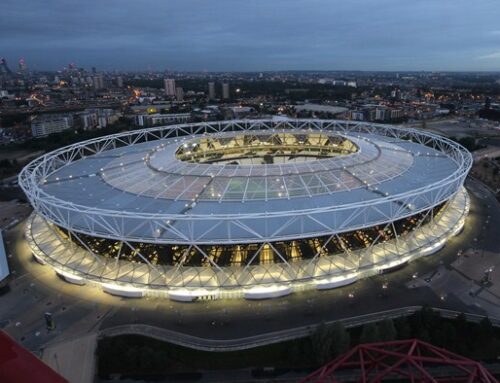
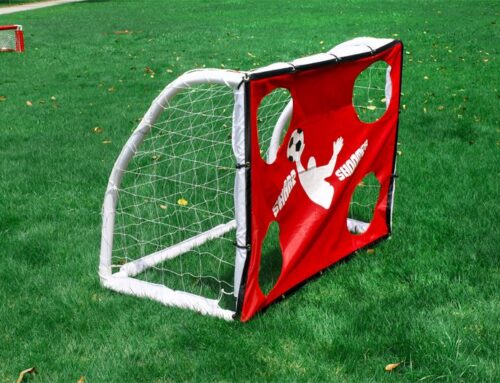
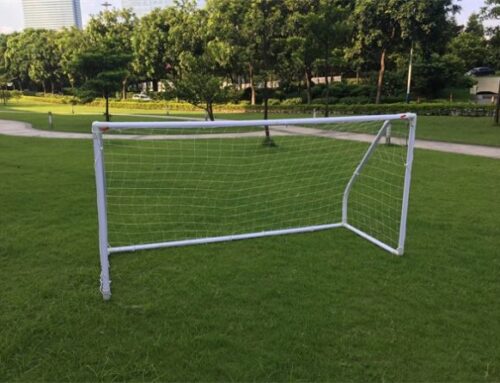
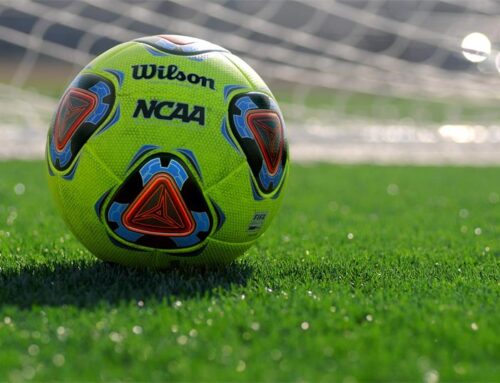
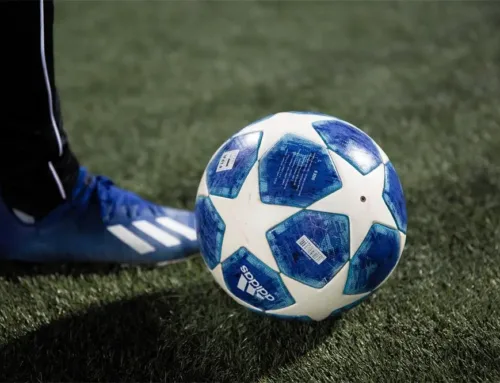
Leave A Comment